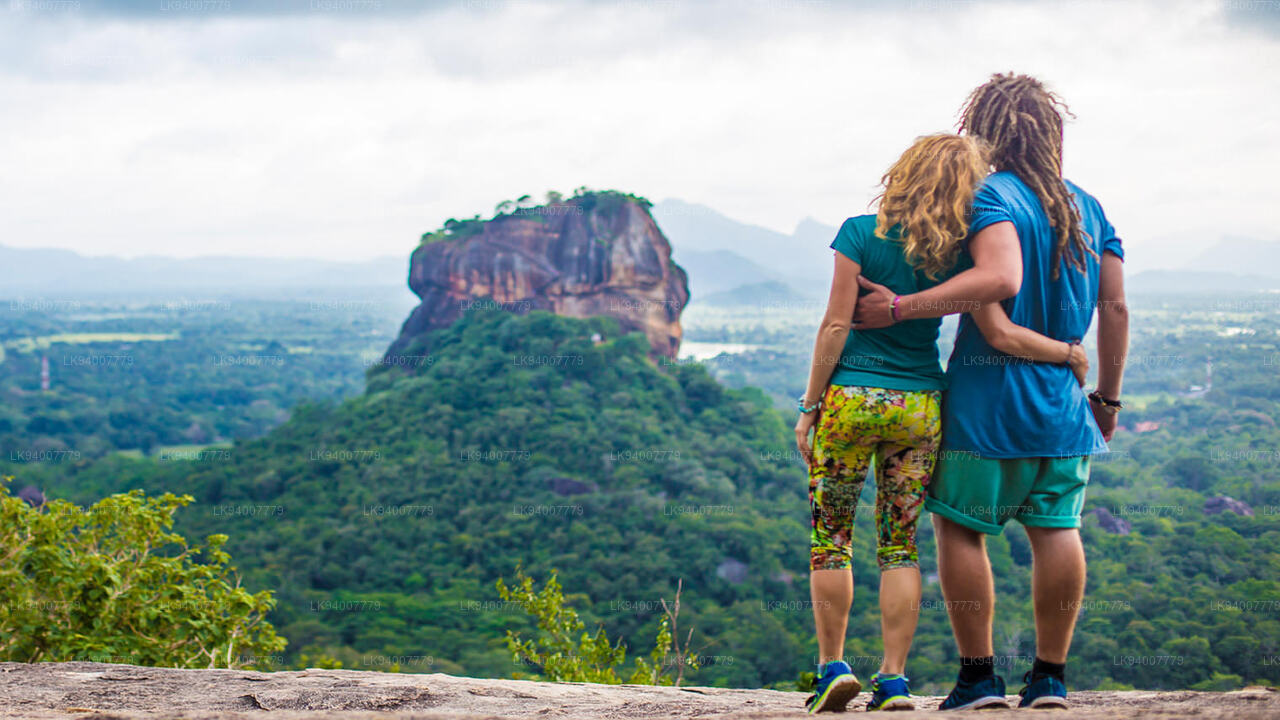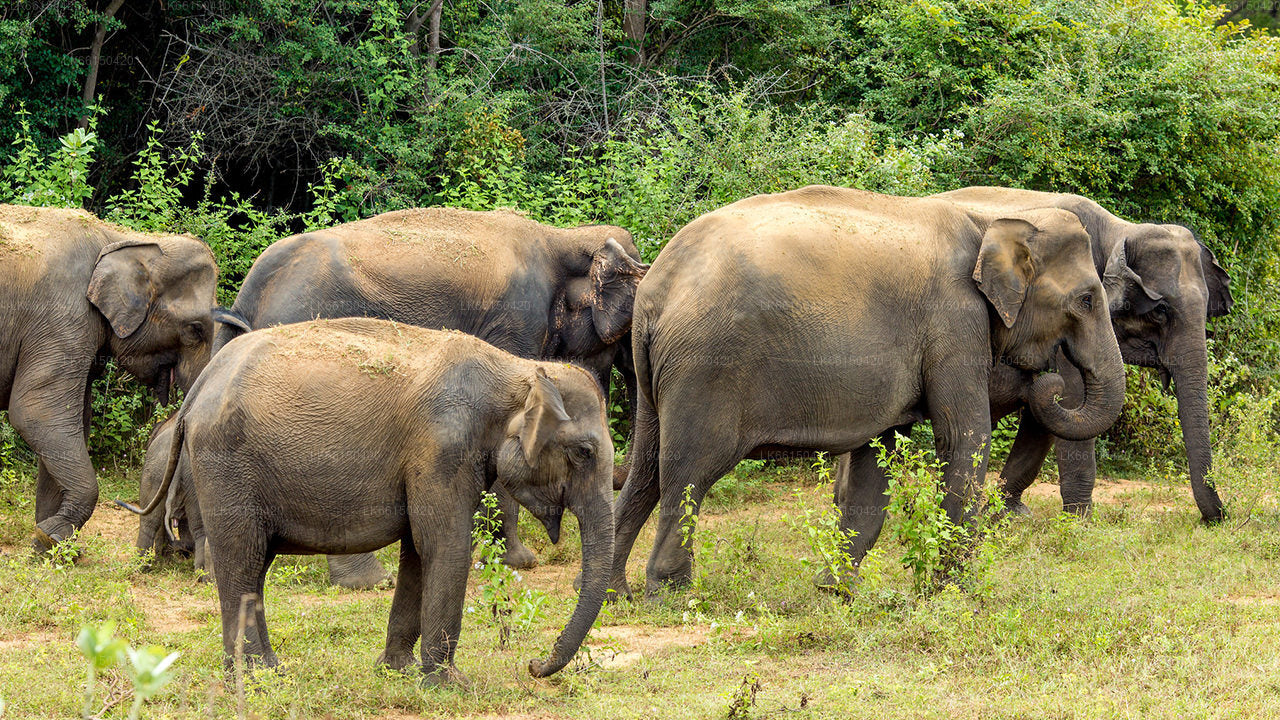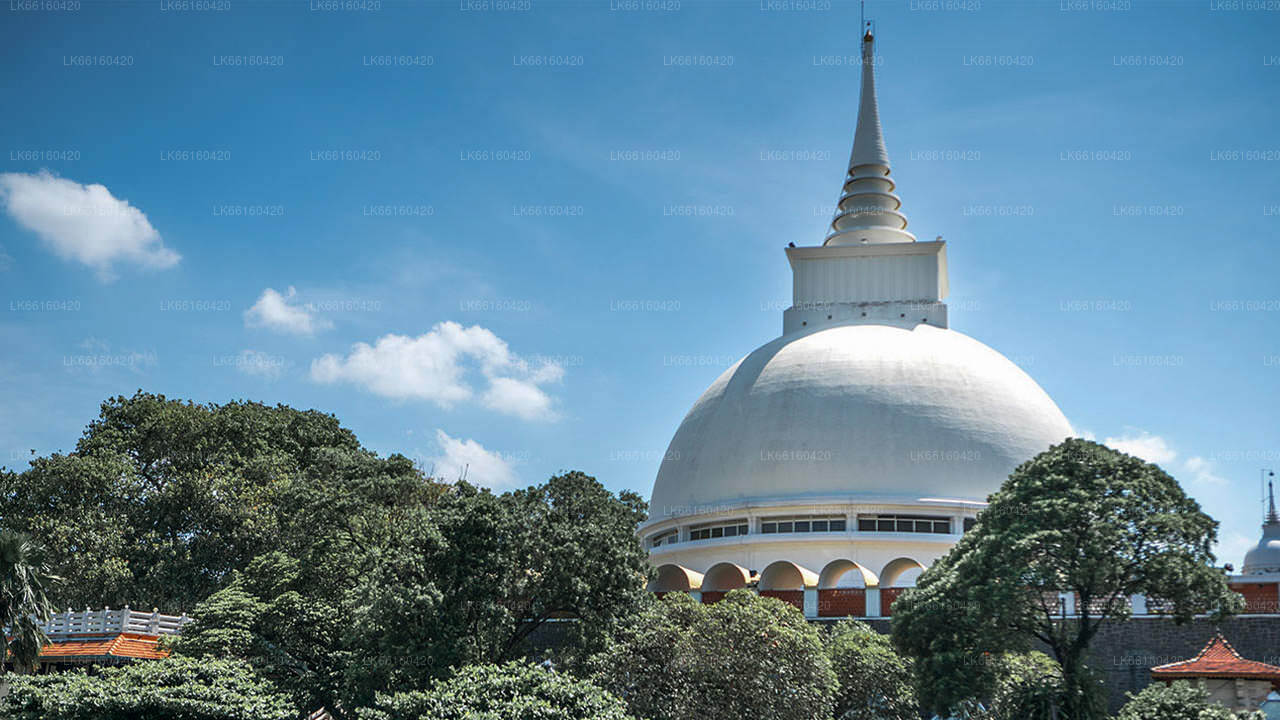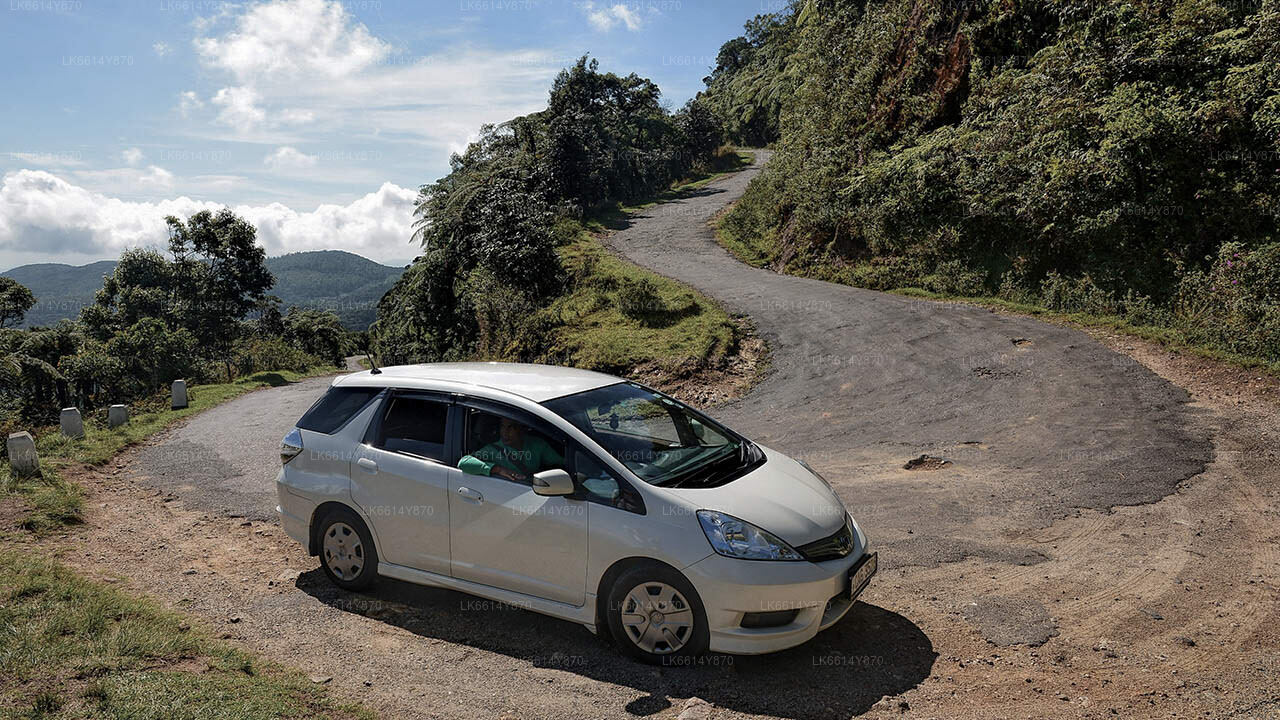
卡卢特勒市
卡卢特勒是斯里兰卡西部的一座沿海城市,以其宁静的海滩和历史遗迹而闻名。标志性的卡卢特勒菩提耶(一座神圣的佛塔)和殖民时期的里士满城堡(一座宅邸)是这里的主要景点。这座城市将丰富的文化底蕴与自然美景融为一体。
Kalutara Bodhiya
The Kalutara Bodhiya is an ancient Bo tree which was identified as one of the 32 saplings of the original Jaya Sri Maha Bodhi planted during the reign of king Devanampiyatissa in Anuradhapura during the 2nd century BC. It remains as a very important historical site to this day.
History
According to history that the Bo tree at Kalutara sprouted from a sapling of the Jaya Sri Maha Bodhi (The Great Resplendent Fig Tree Symbolising Victory) in Anuradhapura; which itself is a sapling of the very Bo Tree (Ficus religiosa) in Bihar, Madhya Pradesh, India underneath which Buddha attained enlightenment.
The First Tree
The story of how this tree came to Kalutara is quite interesting. The Bo Tree at Buddha Gaya became a subject of veneration after Prince Siddhartha Gautama attained enlightenment while seated under its spreading branches. Centuries later the tree became a symbol of the Buddha’s presence and therefore became worshipped. A sapling of the original tree was brought to Sri Lanka by the bhikkhuni Sanghamitta, daughter of the King Asoka and twin sister of the Venerable monk Mahinda who brought Buddhism to Sri Lanka. The sapling was planted in the Mahamehavana Park of Anuradhapura in 288 AD. This became the Sri Maha Bodhi. As the original tree in Bihar was destroyed later on, it is a historical fact that the Sri Maha Bodhi is the world’s oldest tree with a documented history.
The Sapling
The history of the Sri Maha Bodhi tree is recorded in the Sinhalese literary Bo Tree classic, Bodhivamsa. According to this book the tree bore eight fruits. There were four saplings grew from the seeds of each fruit, making up a total of 32 saplings. Apparently the places that they were to be planted were specified by Mahinda himself and Kalutara was one of these places. However, the tree only survived until the 15th century AD.
The Buddhist public started to consider the location place sacred after a Pandyan prince named Wickrama Pandyan also planted a Bo tree on the current Lower Terrace of the Kalutara Bodhi premises in 1042 AD. The prince served as a viceroy in the Kalutara area during that period, and wished to get the support of the locals though he was a Hindu himself. During the 15th century invasion by the Portuguese, care for the tree decreased and the tree died. However, it regrew a few decades later. After the Portuguese took control of the coastal provinces of Sri Lanka in the 16th century, they noticed that the site was popular with the locals, and possibly decided that it could be used strategically to control the religious activities of the people there. The site of the Kalutara Bodhiya was converted into a fort during this time.
After the Portuguese, the Dutch and the English who made Sri
关于卡卢特勒区
卡卢特勒位于科伦坡以南约42公里处。卡卢特勒曾是香料贸易站,先后被葡萄牙、荷兰和英国控制。该镇以优质的竹篮和竹席以及最美味的山竹而闻名。
38 米长的卡卢特勒大桥建于卡卢恒河河口,是连接该国西部和南部边境的主要通道。大桥南端是三层楼高的卡卢特勒佛寺,这是一座建于 20 世纪 60 年代的佛教寺庙,也是世界上唯一一座空心佛塔。
关于西部省
西部省是斯里兰卡人口最稠密的省份。立法首都斯里贾亚瓦德纳普拉和国家行政和商业中心科伦坡都位于此处。西部省分为 3 个主要区:科伦坡区(642 平方公里)、加姆珀哈区(1,386.6 平方公里)和卡卢特勒区(1,606 平方公里)。作为斯里兰卡的经济中心,所有主要的本地和国际公司都在这里设有办事处,所有主要的设计师和商业街零售商也都在这里,所以准备好在西部省尽情享受购物的乐趣吧。
西部省是斯里兰卡人口最多的省份,几乎所有顶尖教育机构都位于西部省。该省的大学包括科伦坡大学、斯里贾亚瓦德纳普拉大学、凯拉尼亚大学、斯里兰卡开放大学、斯里兰卡佛教和巴利语大学、约翰·科特拉瓦拉将军国防大学和莫拉图沃大学。西部省拥有全国最多的学校,包括国立学校、省立学校、私立学校和国际学校。












